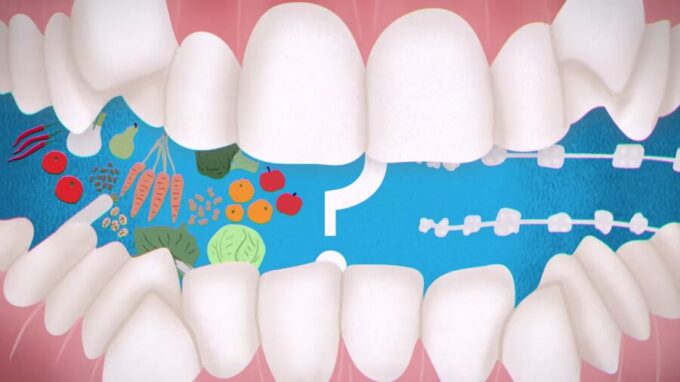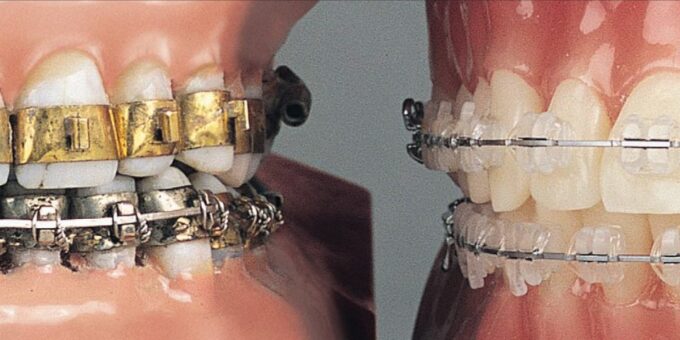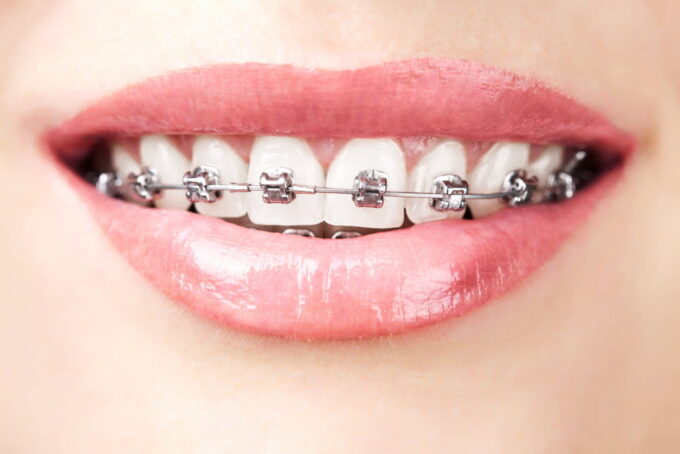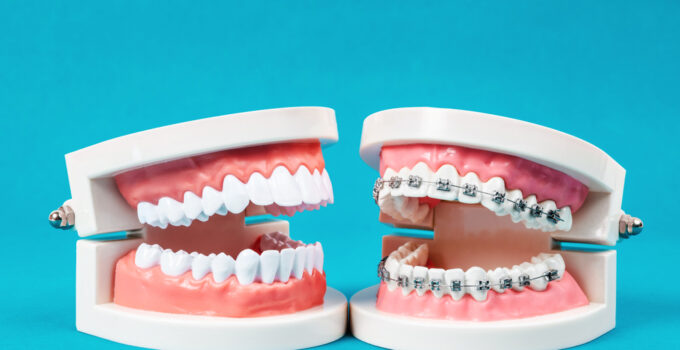Orthodontic treatment has come a long way from its early beginnings, and dental braces have played a pivotal role in the evolution of orthodontics. Today, we take for granted the ability to straighten misaligned teeth, but the journey to perfecting this art has been a fascinating one. In this historical perspective, we will delve into the development of dental braces, from ancient attempts at dental alignment to the cutting-edge technologies of the 21st century.
The Early Quest for Straight Teeth

Source: thekidshouldseethis.com
The desire for a beautiful smile with straight teeth is not a modern phenomenon. In fact, humans have been seeking ways to correct dental misalignments for centuries. As early as 1000 BC, the ancient Egyptians crafted crude braces using materials like catgut and animal intestines. These early contraptions were a far cry from the orthodontic appliances we have today, but they represent the earliest known attempts to address dental irregularities.
Ancient Attempts at Dental Alignment
Ancient civilizations across the globe had their own methods for attempting dental alignment. The Etruscans, for instance, used dental bands made of gold wire to close gaps between teeth. In ancient Rome, the famous philosopher and physician Aulus Cornelius Celsus wrote about using finger pressure to push teeth into proper alignment. These rudimentary techniques laid the foundation for the orthodontic practices we have today. If you want to know how it’s done in modern times please click here for more info.
Pioneering Orthodontic Concepts in the 18th Century
The 18th century marked a significant shift in the understanding of orthodontics. French dentist Pierre Fauchard is often considered the father of modern dentistry and made notable contributions to orthodontic theory. He introduced the bandeau, an early form of braces, to correct tooth alignment. Fauchard’s ideas paved the way for future innovations in orthodontics.
The Birth of Modern Orthodontics in the 19th Century

Source: drweberorthodontics.com
The 19th century witnessed the birth of modern orthodontics as advances in dentistry and technology accelerated. Dentists began to explore more sophisticated approaches to straightening teeth. One notable development was the use of dental bands, similar to those used by the Etruscans, to close gaps and align teeth. However, these early methods were still far from perfect.
Edward Angle: The Father of Orthodontics
Edward Angle, an American dentist, is often hailed as the father of modern orthodontics. In the late 19th and early 20th centuries, he introduced several groundbreaking concepts that revolutionized the field. Angle developed a classification system for malocclusions (misalignments of the teeth) and devised innovative treatment plans that laid the foundation for modern orthodontic practice. His contributions continue to influence orthodontics today.
The First Dental Braces: Early 20th Century Innovations
The early 20th century marked a pivotal moment in orthodontic history with the invention of the first dental braces. Dentists like Henry Baker and E.J. Tucker began using bands and wires to correct dental misalignments systematically. These early braces, while effective, were bulky and uncomfortable, often causing considerable pain and inconvenience for patients.
Braces Through the Decades: 1920s to 1950s

Source: milnororthodontics.com
The development of dental braces continued to evolve throughout the 20th century. In the 1920s, the use of X-rays became standard practice, allowing orthodontists to better diagnose and plan treatments. Braces also became more affordable and accessible to a broader range of patients. However, the materials and design of braces remained relatively unchanged, resulting in continued discomfort for those undergoing treatment.
The Advancements of the 1960s and 1970s
The 1960s and 1970s brought significant advancements in orthodontic technology. Stainless steel replaced older materials like gold and silver, making braces more durable and less noticeable. Additionally, innovations such as the use of brackets and bands made adjustments more precise. These improvements made orthodontic treatment more efficient and less painful for patients.
Lingual Braces and Invisalign: Recent Orthodontic Developments
In the late 20th century, orthodontics saw further innovations with the introduction of lingual braces and clear aligners like Invisalign. Lingual braces are attached to the back of the teeth, making them virtually invisible. Invisalign, on the other hand, uses a series of clear, removable aligners to gradually move teeth into their desired positions. These options provided patients with more discreet and comfortable alternatives to traditional braces.
The Impact of Technology on Orthodontics

Source: smilebliss.com
The 21st century has witnessed a technological revolution in orthodontics. Digital imaging, 3D printing, and computer-aided design have transformed the way orthodontists plan and execute treatments. With the aid of digital models, orthodontists can precisely analyze and predict tooth movements, reducing treatment times and improving outcomes. These advancements have made orthodontic care more efficient and comfortable for patients.
Orthodontics in the 21st Century: A Global Perspective
Orthodontic care is no longer confined to a few select countries. With globalization and improved access to healthcare, orthodontic treatments are now available to a wider and more diverse population. This expansion has led to the exchange of ideas and techniques among orthodontists from different parts of the world, enriching the field with diverse perspectives and approaches.
Looking Ahead: The Future of Dental Braces
As we look to the future, the field of orthodontics continues to evolve. Researchers are exploring new materials that are even less conspicuous and more comfortable for patients. Additionally, advances in artificial intelligence and machine learning promise to further enhance treatment planning and outcomes. The future of dental braces may involve more personalized and efficient approaches that make orthodontic care accessible to even more individuals.
Final Musings
In conclusion, the invention and evolution of dental braces have been a remarkable journey through history. From ancient attempts at dental alignment to the cutting-edge technologies of the 21st century, orthodontics has made incredible strides. Today, dental braces are not just a tool for straightening teeth; they are a symbol of how human ingenuity and innovation have transformed the field of dentistry, giving millions of people the confidence to smile brightly. As we look to the future, the future of dental braces appears brighter than ever, promising more effective, efficient, and comfortable treatments for all.







